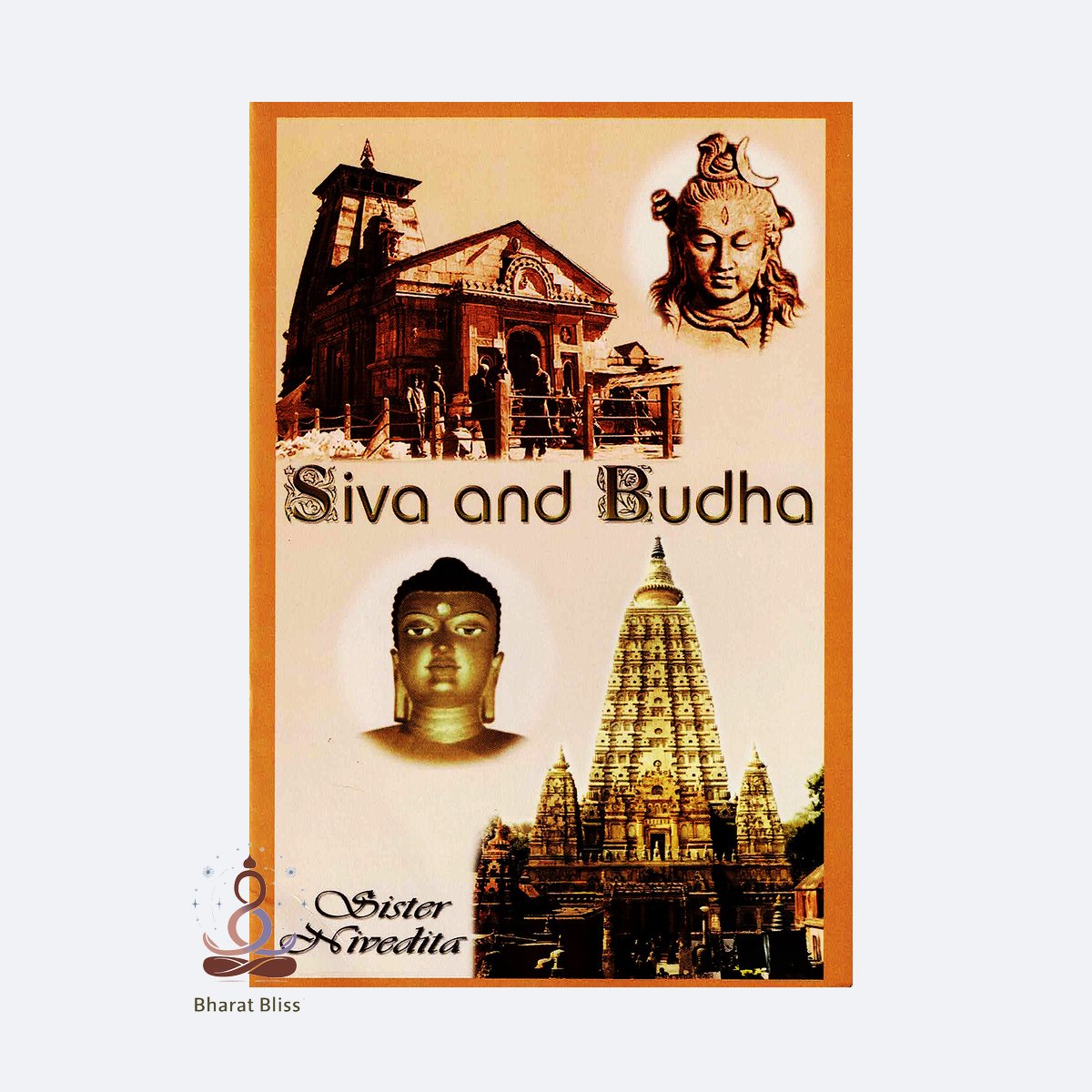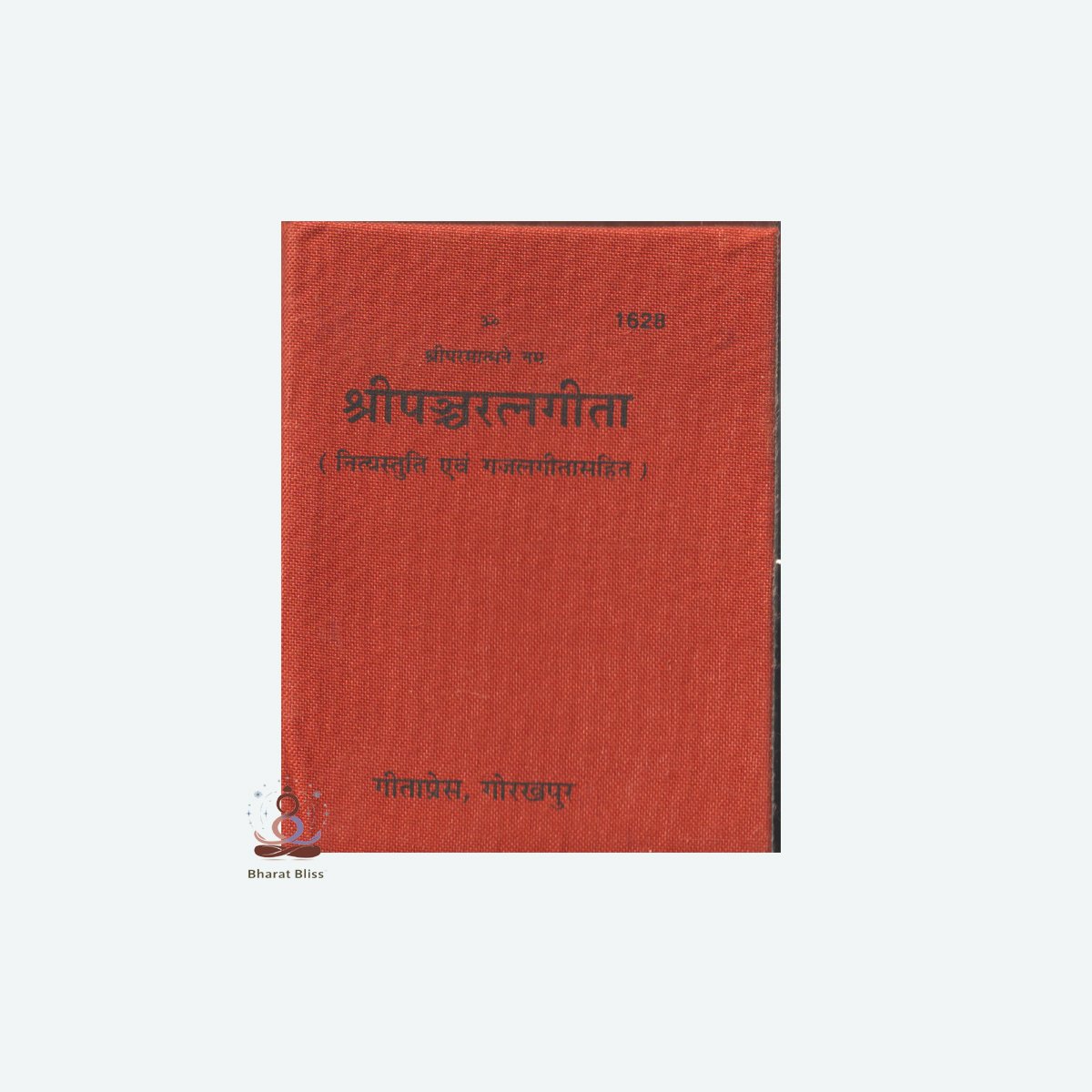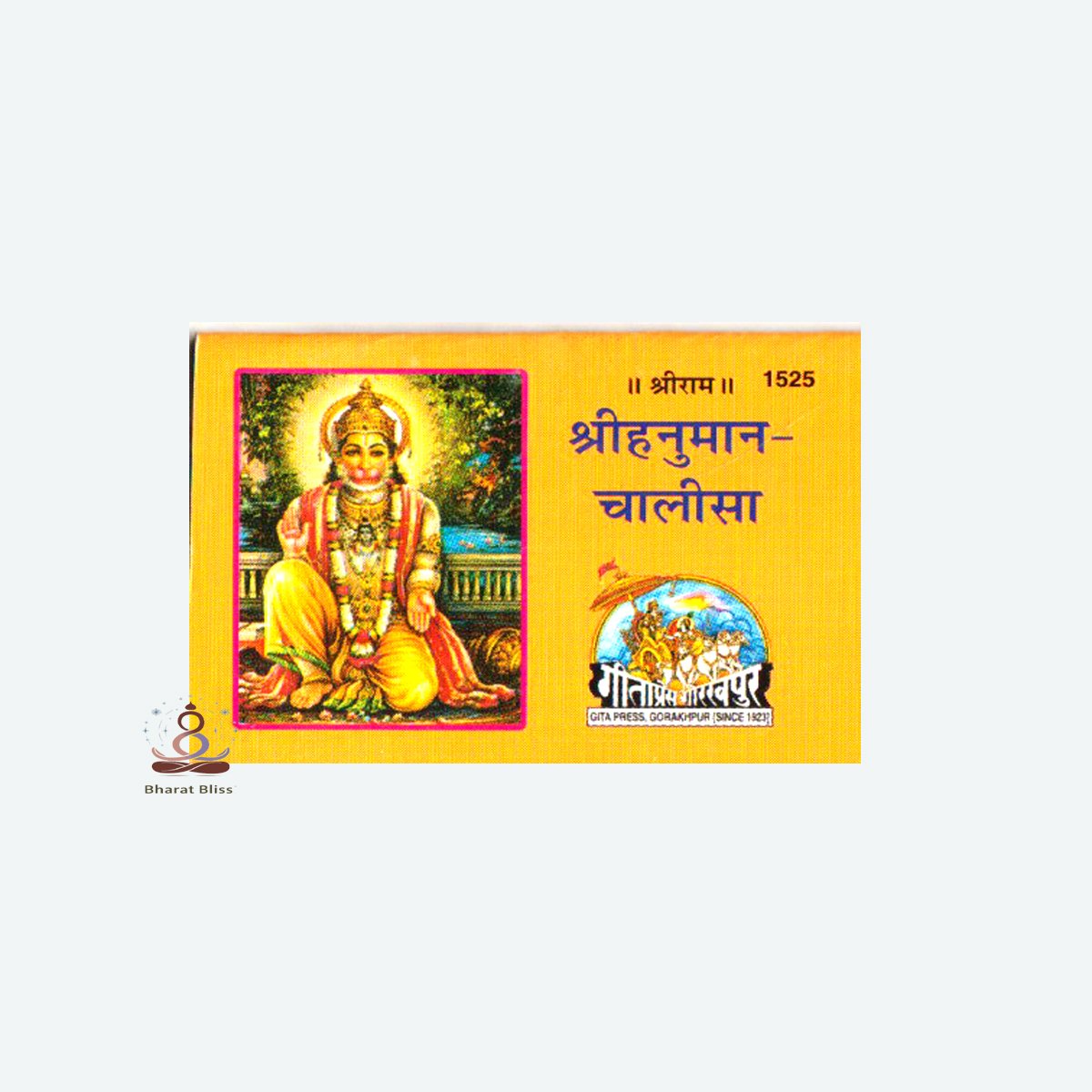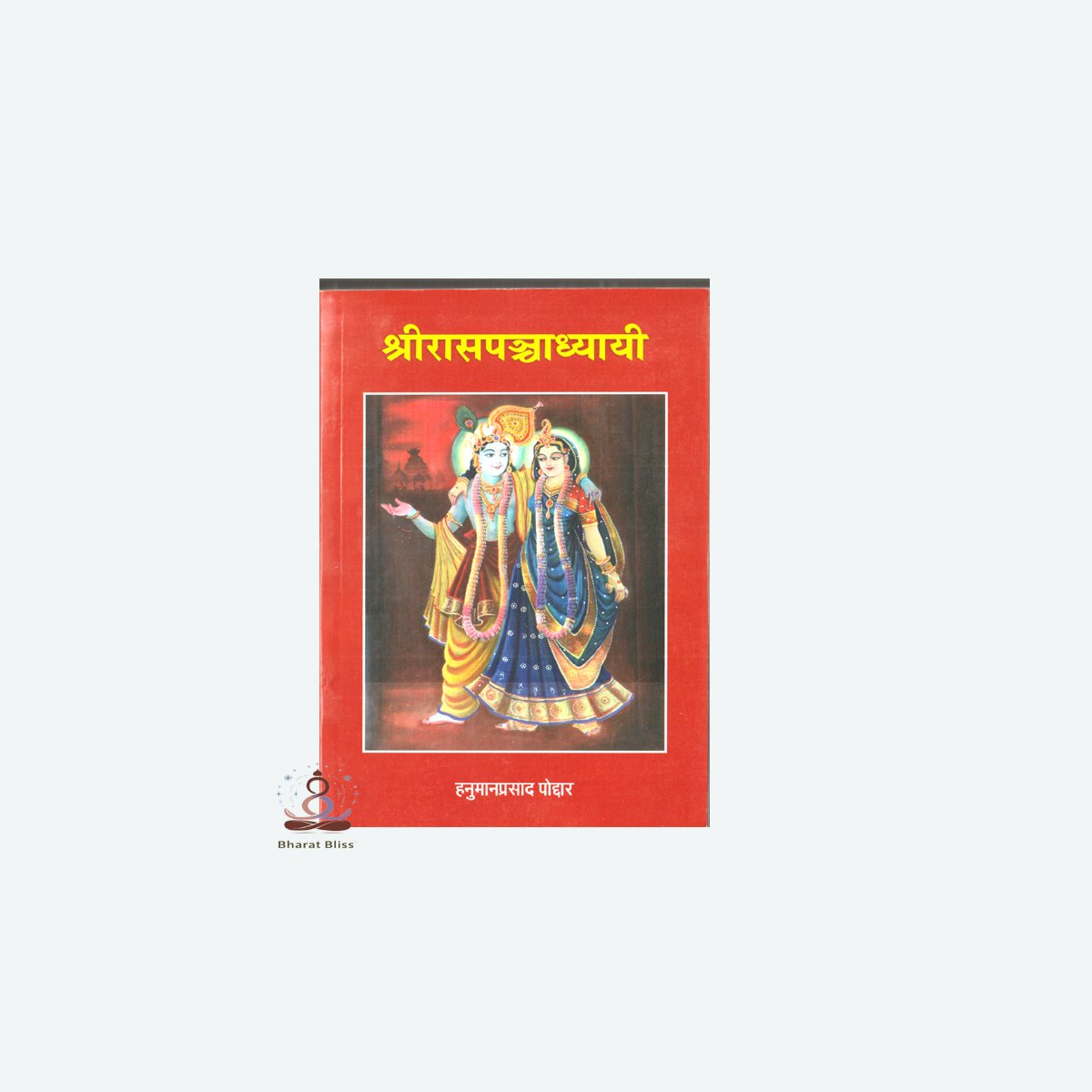Description
Siva-and-Buddha.
Shiva is one of the principal deities of Hinduism, known as “The Destroyer” within the Trimurti (the Hindu trinity that includes Brahma the creator, Vishnu the preserver, and Shiva the destroyer). However, his role is not just destruction—he also represents transformation, regeneration, and the cycle of birth and rebirth.
-
Attributes: Shiva is often depicted with a third eye on his forehead (symbolizing wisdom), a crescent moon in his hair, and the holy river Ganga flowing from his locks. He holds a trident (trishula) and is often shown seated in deep meditation or dancing the cosmic dance (Nataraja).
-
Symbols: The lingam (a symbol of divine generative energy), the damaru (small drum), and the serpent around his neck.
-
Consort: Parvati (also known as Shakti or Durga).
-
Mount: Nandi the bull.
Shiva is also associated with asceticism, yoga, and inner stillness, while at the same time being a force of change and destruction when needed for cosmic balance.
Buddha
Buddha, meaning “The Enlightened One,” refers to Siddhartha Gautama, the founder of Buddhism. He was a prince who renounced his royal life in search of truth and ultimately attained enlightenment under the Bodhi tree.
-
Attributes: The Buddha is typically shown in serene meditation, often with elongated earlobes (symbolizing renunciation of material wealth), a peaceful face, and a topknot or cranial bump (ushnisha) symbolizing spiritual wisdom.
-
Teachings: He taught the Four Noble Truths and the Eightfold Path, which guide people toward overcoming suffering (dukkha) and achieving nirvana—a state of liberation from the cycle of birth and rebirth (samsara).
-
Beliefs: Buddhism does not focus on a creator god, but instead on personal spiritual development, ethical conduct, and mindfulness
Only logged in customers who have purchased this product may leave a review.









Reviews
There are no reviews yet.